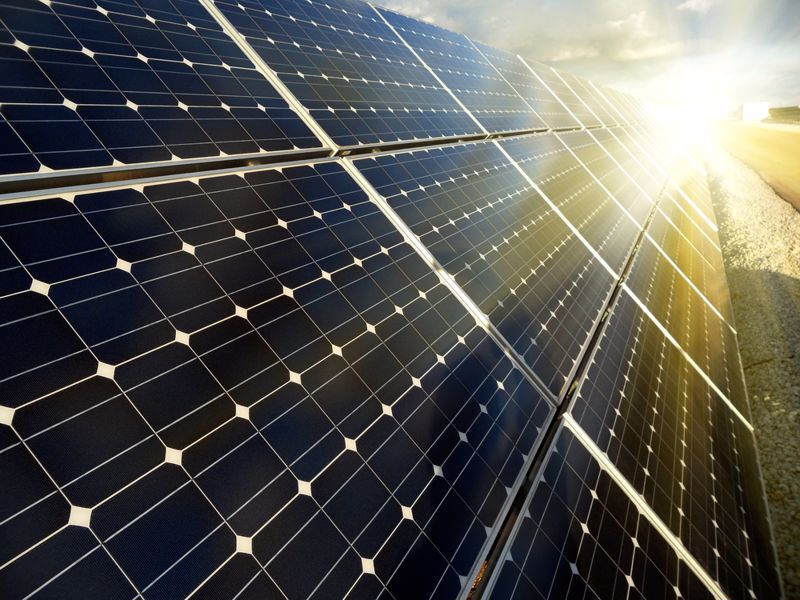
Cloud-based autonomy supports a cleaner future for renewable energy
By Max BurkhalterNovember 10, 2021
When it comes to disruptive technologies, cloud-based solutions are second to none. Smart technology continues to upend industries and reinvent them inside and out.
The latest industry poised for optimization is perhaps the most important: renewable energy. As environmentalists sound the alarm on climate change, they look to science and technology for a sustainable future. At the crux of that future is finding a way to replace fossil fuels — not just sustainably, but efficiently and effectively.
Enter cloud computing: the latest warrior in the arena that promises to streamline renewable energy resources and pave a path for a greener future. This time, however, cloud computing is backed by a fleet of smart technologies to support it.
Cloud computing reduces waste
Renewable energy relies on data centers to facilitate energy to various outlets. The trouble is, however, that data centers consume a lot of energy. They require cooling, processing and other costs that negatively affect sustainability due to their carbon footprint.
One of the challenges that stands in the way of a greener future is the emission of carbon dioxide. Curbing these greenhouse gases is no easy task, but cloud computing is making it much easier. In fact, the International Data Corporation estimates that cloud computing could reduce carbon dioxide emissions by over 1 billion metric tons by 2024. This is made possible because cloud-based data centers optimize their dependency on energy-consuming practices. By cutting down on wasted energy use, cloud computing manages power capacity more efficiently.

Machine learning optimizes energy consumption
Thanks to artificial intelligence and machine learning capabilities, cloud computing teaches itself how to maximize data center efficiency. For example, autonomous systems can keep a watchful eye over energy consumption and suggest ways to cut back on waste.
In terms of solar power specifically, artificial intelligence is also improving efficiency. AI can provide more accurate weather forecasts, which in turn makes grid supply predictions more accurate, too. In one case, according to Pangea Strategic Intelligence, artificial intelligence was able to improve forecast accuracy by as much as 30%.
The boost to accuracy that AI affords the renewable energy sector helps supply energy in the most efficient way possible. The better at producing clean energy they are, the brighter the future for the environment.
Smart buildings are optimized to reduce waste
Outside of an energy production perspective, cloud technologies are helping other parties contribute to a sustainable future. Smart buildings are especially equipped with the tools to cut down their carbon footprint.
Thanks to cloud computing and the internet of things (IoT), smart buildings are fully integrated. With a cache of IoT sensors scattered throughout, building managers are able to know in real-time how much energy is being consumed. Many sensors are automated to detect when a room is occupied or not. If they detect nobody in the room, the sensors can shut down heating, cooling, lighting or any other energy consuming practices.
Cloud-based systems, IoT, artificial intelligence and other solutions are converging and creating a sustainable synergy. By working together, they communicate to the user and provide a top-down view of their total energy consumption. With this power, cloud-computing is putting sustainability in the palm of a user's hands.
To learn more about how Perle can support your cloud-based sustainability effort, check out our customer success stories.



